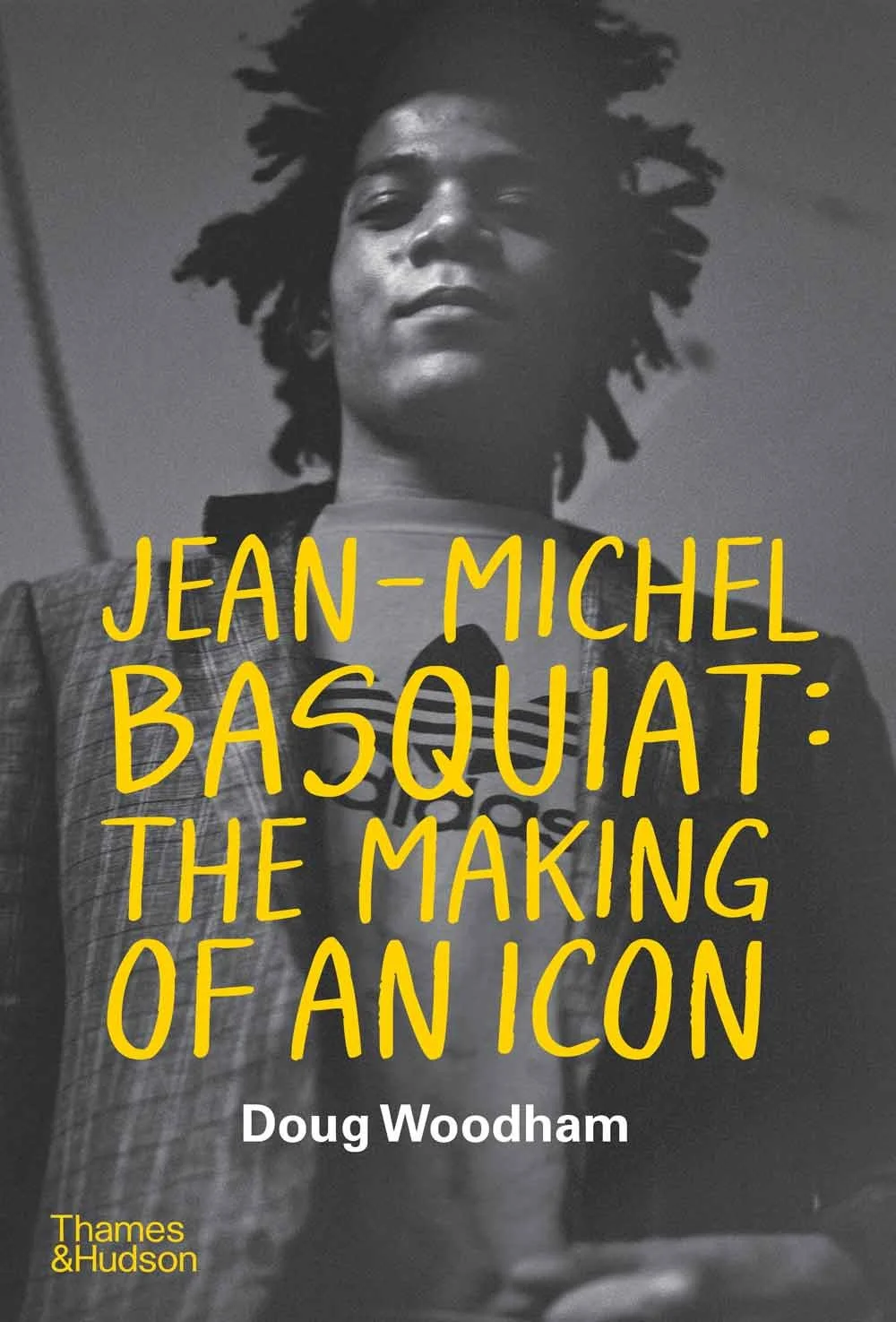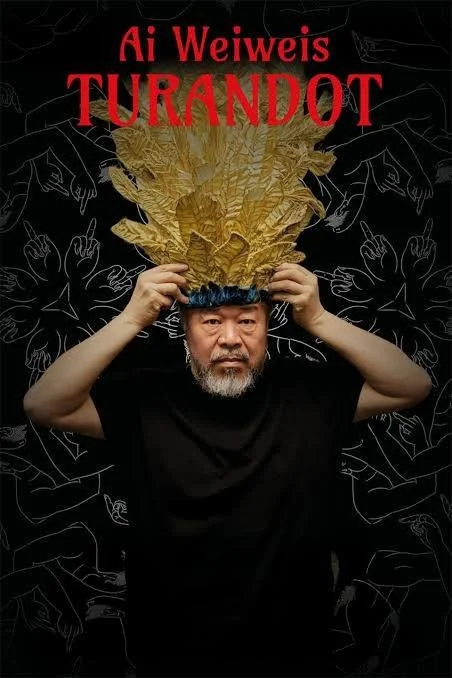By Marieta Maglas
The blue woman~alive
knows the meaning of things
and the hue of His visions.
Thinks to survive.
Absently slipping her sight at the edge
of the reality~
ruins, cracked mountains, and
rolling rocky rains
when the divine penetrates her within.
Her womb grows
to hide a new symphony of feelings.
She tries to face with death and sin.
Bluish face for a falling tear
that becomes a magnifying glass.
Ear to hear the rhythm of the seconds as they pass.
Orange, red beret to pulse
in the hard, violet air.
Winds whispering old songs
in her summery, green hair.
This woman is questioning herself
if love can disfigure,
can play havoc with, can vitiate, or can torpedo her essence.
She learned not to trust,
but to think and to keep it for herself
because she knows that, in the missing Light,
the words can become
silvery dust for a fight~
while shooting and jeering.
On her lips, the silence waits to explode.
Has a flamed, red shine.
There is nothing to destroy.
” Tis only a tomography of the spirit ~
her innocent jealousy and passion.
My poem is a written analysis of the artwork entitled "Femme au béret rouge-orange" belonging to the cubist painter Pablo Picasso. It is published in LetterPile.
Remembering things is challenging~
the garbage of the self; playing piano;
tears like blood drops, in the yelling rain.
The sound is only the perception of the brain~
twisted vibration for its own conversion.
The raindrops fall on all the free flowers.
The mistral cannot blow the sufferings or feelings.
A falling petal can tint a tone poem; secret graves,
gravely hidden errors, erratic glaciers,
cloudy windows, and homeless workers;
to gaze at the coming sun on gloomy mornings;
a mental eye having a bias against heaven; hail.
A dance of raindrops in the light and fireworks in the night;
rhythmic echoes. The blowing wind can bust the blue and
downhearted life up in chaos; the harsh light of the wars;
plants and animals bleeding and kneeling;
folks as living rocks, rockeries in gardens; to have
a sense of belonging and a language of longing;
the women in the temples singing holy hymns;
listening to their own voices.
The winds and the spirits are inconspicuous;
stillness, strength. Heaven is higher than the rain.
The noise made by a jet fighter can speed up
the breaking windows, the withering flowers,
the altering dreams, and the crumbling churches.
This noise can resemble the mistral; eons of weathering.
In the mist, the unfleshly souls climb up
the serene mountains before metamorphosing.
This poem was originally published in Dissident Voice.
I had closed the cracked window.
The first gust of wind, flute, drums, and
fleeting movements—
explosions and distortions—
vanished into the approaching rain.
It was like slowly dancing with
the image in the mirror, or
fragmenting memories of love
to clear the mind of emotions
consumed by the summer heat.
I sat next to a neighbor
whose husband had been
a soldier in Asia until
he was shot in half.
He had always been
among the best.
The movement accelerated
without music,
creating tension and
evoking feelings of
euphoria and chills,
similar to a movie sequence.
The dancers wore white sashes
around their heads and
pirouetted at a high tempo
to create a lively movement.
The window opened,
bringing the noise of the metropolis and
the smell of the wind.
It didn't bring a fatal infection
like those found in polls or
left by lost civilizations.
It was only a rainy wind.
These bacteria are real and
can transform into weapons,
unlike in Disney animations.
Life is not an illusion in and of itself.
When life becomes a hallucination,
something else must be real.
Hail hit the roof of silence.
The dancers expressed God's numbers
by waving their arms above their heads,
clapping wildly, and
swaying their bodies.
The dance did not appear to
be pre-choreographed.
Ancestral emotions cleared
the mind's clutter.
Crawled quickly within the suffering souls
and began to peacefully disappear.
This poem was originally published in Kingfisher Poetry Forum 2.
The Importance of the Arts and Humanities
The arts are important to understanding the human condition in its evolution in the context of climate changes and social movements within a moving universe. I like Mia Funk's artwork entitled 'The Dance' for its hue of green, which resonates with my poetic green for life.














































































